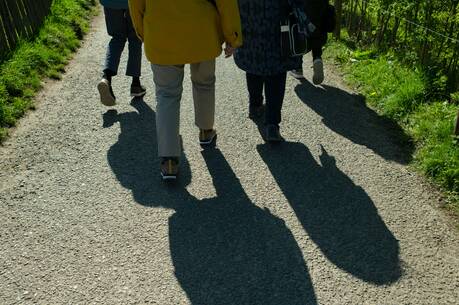The Mercies of the Lord Are New Every Morning
What were once two feasts, Corpus Christi and Precious Blood, are now one celebration. Originally one feast honored the body of Christ, which was first broken, then glorified and is now given to us in sacramental form. The other feast praises the blood of Christ, poured out for our salvation. Together, they celebrate the incomparable love that Christ has for us. They remind us that “the mercies of the Lord are new every morning.”
Breaking bread together is a familiar act. Besides satisfying our hunger, this basic act of survival signifies that we share the very means of our sustenance. In a sense, we are bound together by this simple yet profound communal action.
When Jesus took bread, broke it and gave it to his disciples to eat, he was enacting this fundamental ritual—people surviving together on the same food. Though he must have performed this ritual on numerous occasions, it took on extraordinary meaning when he did it the last time. The ritual was the same; the original meaning was not lost. It was the character of the bread that made the difference. By his own words, this broken bread was now his own body that would be broken and then raised to glory. This simple yet profound action signifies that as we share this sustenance, we are bound to him and to one another.
Contemporary society espouses at least two attitudes toward the use of blood. The role that it plays in the ritual described in today’s first reading probably repels most modern people. If we sometimes shield ourselves from the ritual sprinkling of holy water, we will hardly endure the sprinkling of blood. On the other hand, blood is recognized as a life force, and so generally we value blood transfusions and the possibilities envisioned by the use of blood in stem cell research.
Blood relationships are some of the most cherished bonds that we know, and they have both social and legal ramifications that are quite binding. Thus blood and blood bonds continue to play important roles in our lives today.
Today we see God making a binding pact with us and sealing this pact with blood. We stand speechless before the reading from Hebrews, when we discover that the blood that seals our fate as Christians is actually the blood of Jesus. In the Gospel he invites us to renew this pact whenever we partake of the blood of the covenant.
As we take the broken bread transformed into Jesus’ body and drink from the cup that he offers us, we realize that indeed the mercies of the Lord are new every morning.
This article also appeared in print, under the headline “The Mercies of the Lord Are New Every Morning,” in the June 9, 2003, issue.







